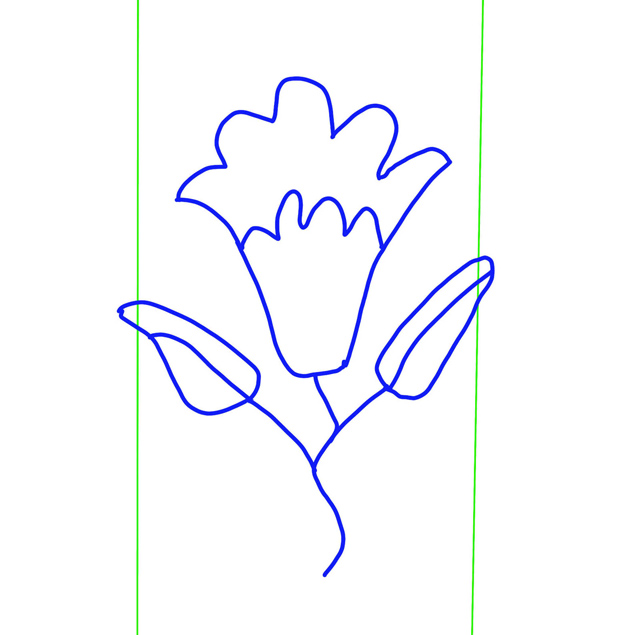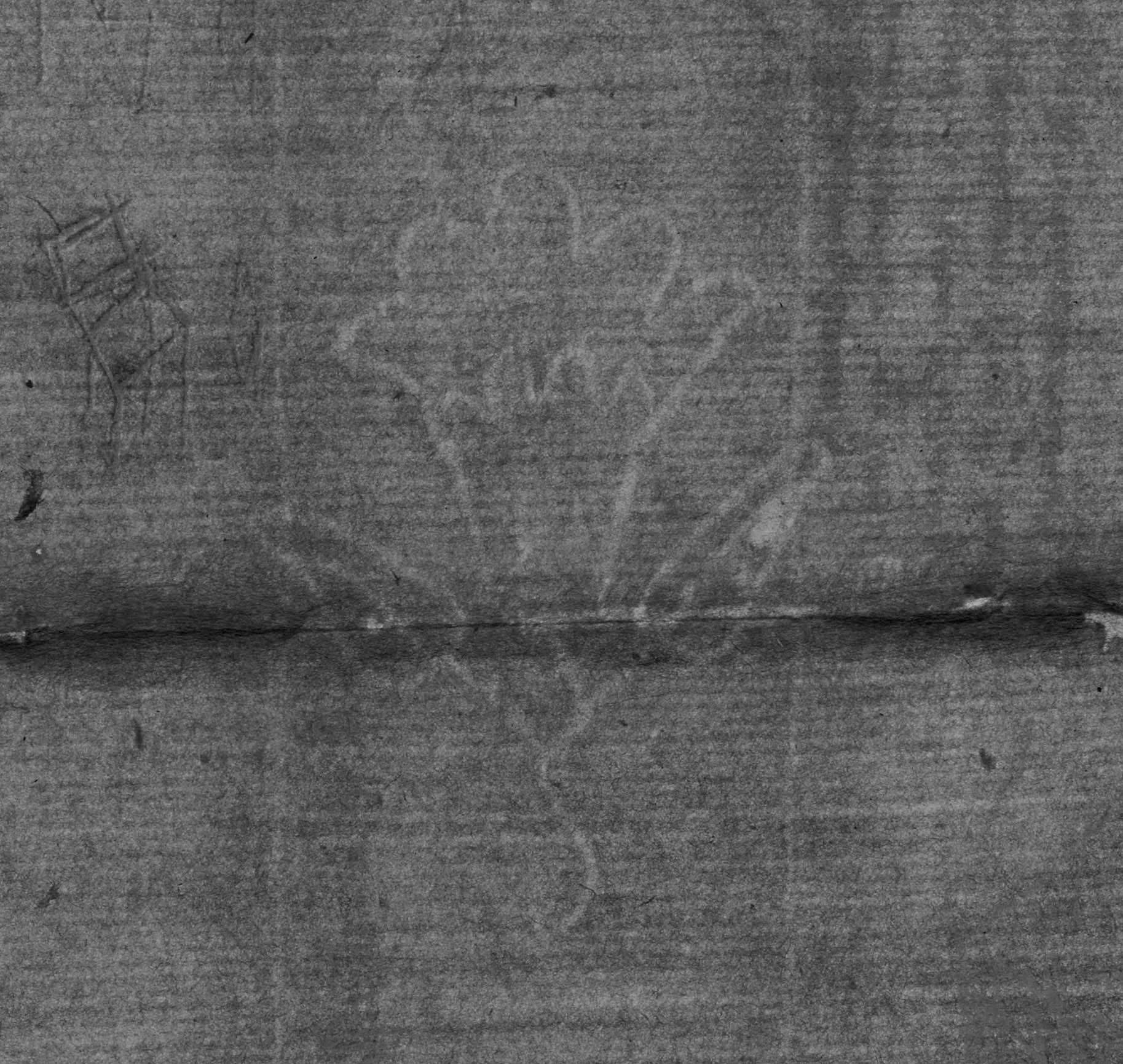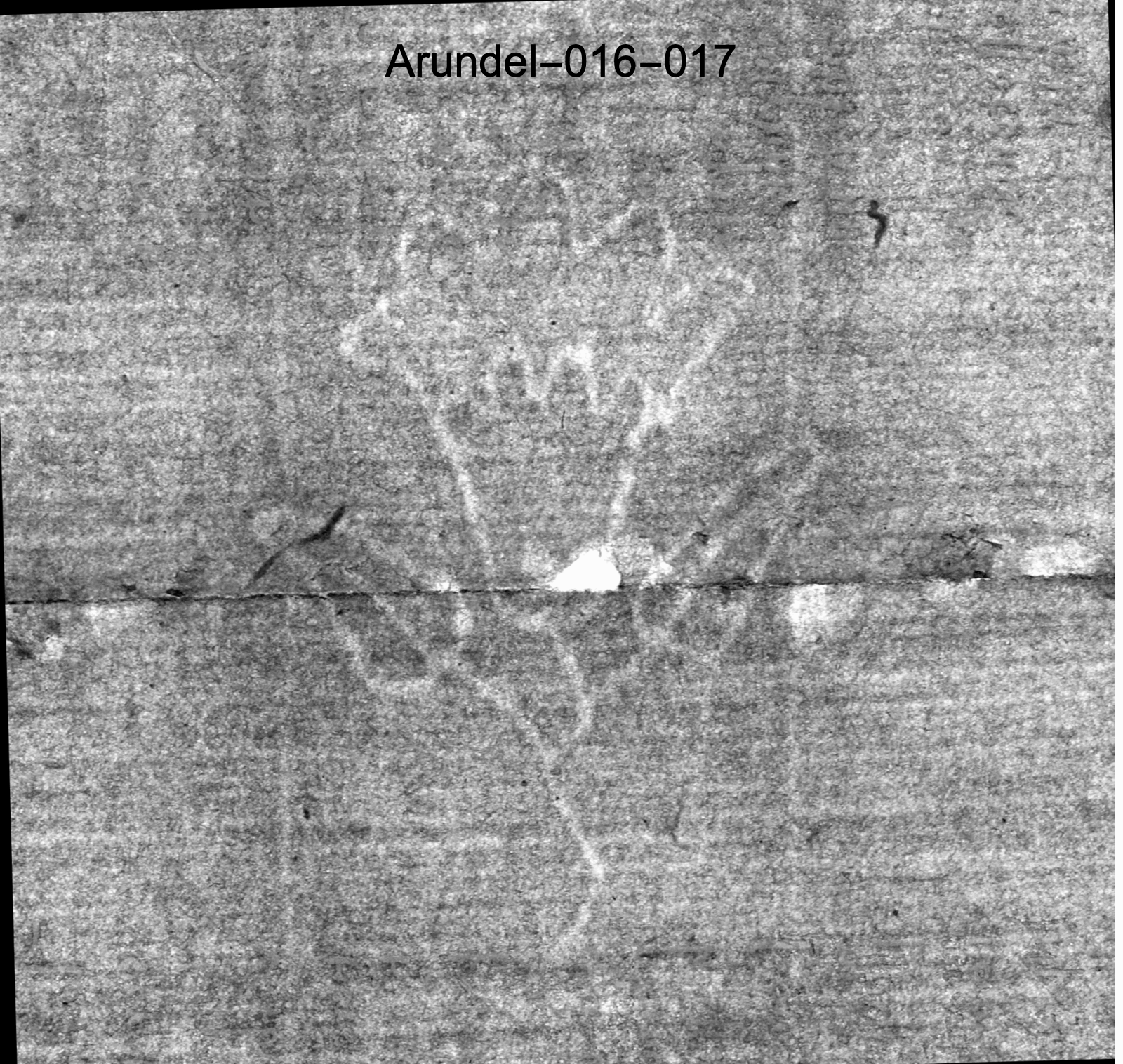User Guide to the Compendium
All watermark names in the Compendium use the English terminology for watermark types, as presented by the International Association of Paper Historians in International Standard for the Registration of Papers with or without Watermarks, vers. 2.1.1 (Basel, Switzerland: The Association, 2013).
This working compendium is organized by groups of moldmates found in the Codex Leicester, Codex Arundel, and other papers of Leonardo da Vinci.
Each group of the six most prevalent watermark types (cardinal’s hat, flower, eagle, scissors, bull’s head, or horn) has one page, which can be accessed through the Browse by Watermark page, or Browse by Source page. Browsing by watermark allows for quick identification of a visual type of watermark. Alternatively, browsing by source allows users to navigate to a particular folio containing a watermark and provides a link to navigate to the page for the type of watermark.[1]
At the heading of each moldmate group page is a line drawing graphic, traced from one of the moldmates, which is intended to serve as a generic representation of the watermark type and a sample overlay animation (see examples, below). Then, all moldmates are listed as they occur in each codex, followed by images and overlay animations. Many overlay animations of watermarks are included that are not moldmates. Any image or animation may be opened by clicking, and downloaded or shared by subsequently clicking the “share” arrow button in the upper right of the image-viewing screen.
The following information is also included in each moldmate group entry:
Description: A visual description of the general watermark type: A cone-shaped flower seen from the front with a curving stem and two tapered leaves, one on each side, for example.
Also known as: Other common terms for the watermark type: flower, for example.
Description of Difference: A description of how the moldmates in the group at hand are distinct from the others of the same watermark type, e.g., other flower watermarks: Flowers in Group C have leaves that are triangle-shaped and do not curve like those in Groups A, B, and E. The stem has three bends, unlike the two bends seen in Groups A, B, D, and E. The leaves do not touch the base of the flower. Flowers in Groups C and D sit between two chain lines.
Briquet Comparison: A link to the Briquet watermark type associated with each watermark group in the Codex Arundel as cited by Carlo Pedretti and Carlo Vecce in Il Codice Arundel 263 nella British Library: edizione in facsimile nel riordinamento cronologico dei suoi fascicoli (Florence: Giunti, 1998). The Briquet comparisons for the Codex Leicester were extracted from Carlo Pedretti, The Codex Hammer of Leonardo da Vinci, translated into English and annotated by Carlo Pedretti (Florence: Giunti Barbèra, 1987), Carmen C. Bambach in Leonardo da Vinci Rediscovered, 4 vols. (New Haven and London: Yale University Press, 2019), and Juliana Barone, ed., Leonardo da Vinci: A Mind in Motion, exh. cat. (London: The British Library, 2019).
Found in Folios: A list of which folios contain one of the group of watermark moldmates. Images and overlay animations of each moldmate may be found by clicking links found in this section, or by scrolling down.
Potential Twins: A list of other folios with a watermark that may be the corresponding twin(s) to a group of moldmates. Twins can only be identified with confidence if they are found nestled within a sequence of moldmates all having the same watermark type.
NOTES:
[1] Folios containing any watermark other than the six most prevalent types are listed under Other watermark types found in the Codex Arundel and Codex Leicester, linked at the bottom of the Browse Watermarks page. Enhanced watermark images and line drawings are included for each watermark type.



